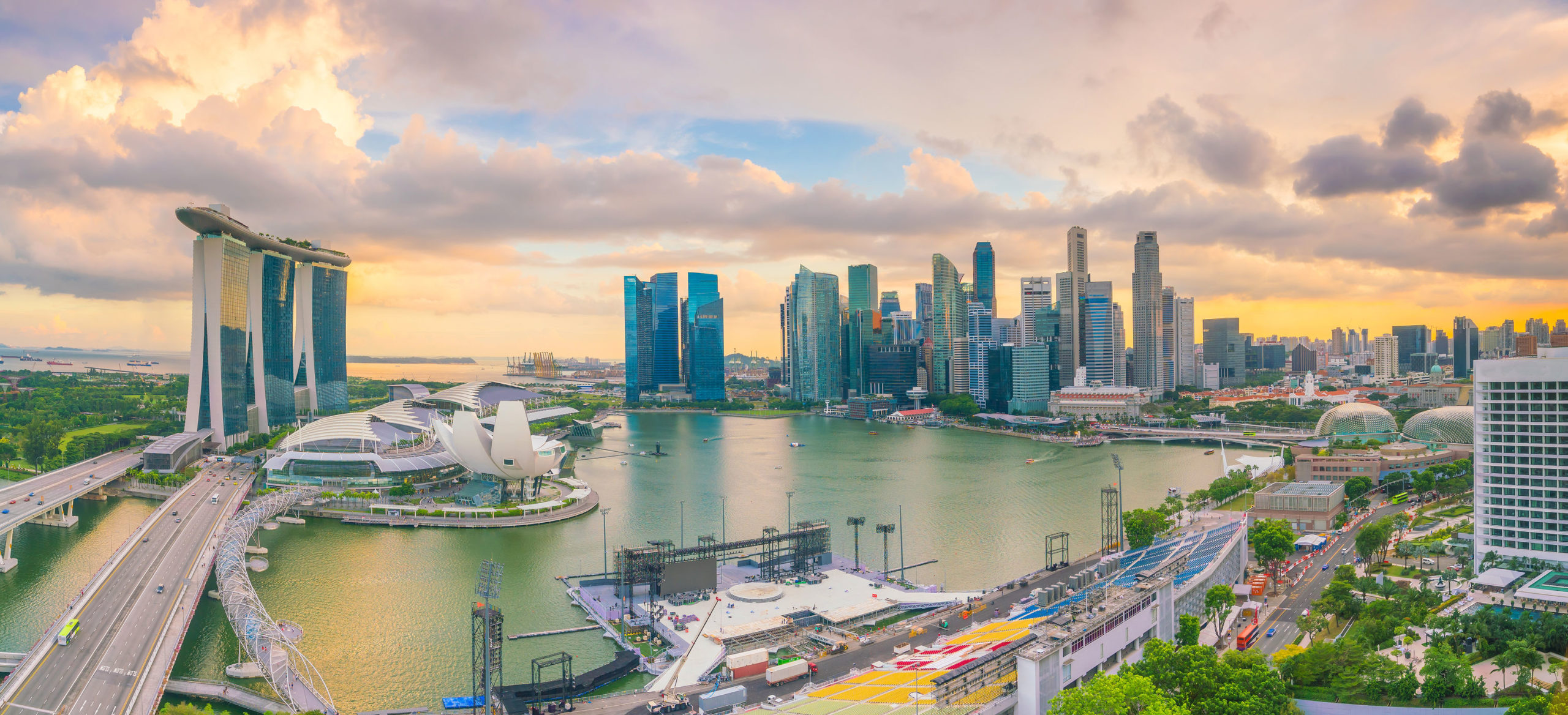Singapore’s energy transformation and net zero commitments[1] requires an imminent shift from natural gas to best-in class technology that can minimize CO2 emissions and mitigate climate change.
Given that Singapore is an alternative energy disadvantaged island city-state, its commitments rely on technological advances and the economic viability of low-carbon technologies such as hydrogen and carbon capture, utilisation and storage (CCUS), as well as effective international collaborations in areas such as carbon credits and renewable energy imports.
Hydrogen, especially green hydrogen, is generally considered to be a carbon-free energy carrier and feedstock[2]. Low-carbon hydrogen can also be imported in its gaseous form through pipelines from nearby countries which will likely to be more economical for shorter distance (e.g. up to 1,000 km when compared against liquefied hydrogen).
It was therefore a boon to the nascent hydrogen sector in Singapore that Singapore has formally launched its national hydrogen strategy on 25th October 2022 as the low-carbon fuel that could meet 50% of Singapore’s power needs by 2050.
Most promising sectors for deployment of Hydrogen
The Singapore government has affirmed that hydrogen has the potential to be adopted across the following sectors as a low-carbon fuel or feedstock[3]:
Maritime Sector – The maritime sector needs to low- or zero-emission alternative fuels to meet the goals outlined by the International Maritime Organization (IMO). Hydrogen, as well as hydrogen-carriers such as ammonia offers a pathway to decarbonise the shipping industry.
Power Sector – Hydrogen can contribute to the deep decarbonisation of the power sector alongside CCUS, solar, and green electricity imports. Hydrogen fuel could be blended with natural gas to fuel the Combined Cycle Gas Turbines (CCGTs) currently used to generate electricity today.
Industry Sector – Low carbon or green hydrogen can replace brown hydrogen as a critical feedstock for industry processes (e.g. in the refineries). Hydrogen can be used to replace natural gas for embedded heat and electricity generation.
Aviation Sector – Near-term efforts to decarbonise involve the extensive use of hydrogen to produce sustainable aviation fuels (SAF) for aircraft. For the longer term, the aviation industry plan is to move towards hydrogen propulsion for future aircraft.
Mobility Sector – Battery electric vehicles (BEVs) are still projected to remain the more economically viable, cleaner energy vehicle technology instead of Hydrogen Fuel Cell electric vehicles (FCEVs). A possible exception is the heavy vehicle segment, where FCEVs could be more economically viable than BEVs by 2050.
Singapore’s Hydrogen Roadmap
Singapore has mapped out the key initiatives to implement its national hydrogen strategy. These initiatives appear to be modest but goes beyond mitigating the oft recited concerns of gas safety and energy efficiency.
First, Singapore will experiment with the use of advanced hydrogen technologies that are on the cusp of commercial readiness. The government plans to launch an Expression of Interest for a small-scale commercial project on utilising ammonia for power generation, including developing ammonia supply chains to also support marine bunkering needs. Such a project will allow Singapore to assess the viability of ammonia — as both a hydrogen carrier and as a direct fuel — and to develop regulations and an ecosystem to support its use.
Second, Singapore will conduct research and development work to advance these hydrogen technologies. Hydrogen will be a key focal area for Phase 2 of the Low Carbon Energy Research (LCER) Programme.
Third, the Singapore government will work closely with industry and international partners to enable the formation and scaling up of supply chains for low-carbon hydrogen. This will incorporate the development of Guarantee of Origin certification methodologies (to measure and display key attributes of how and where a unit of hydrogen is produced including its carbon intensity), ensuring that methodologies are interoperable across jurisdictions, and building a trading and financing ecosystem to facilitate global trade of low-carbon hydrogen.
Fourth, the new infrastructure will be developed to import, store and transform hydrogen into power. This will likely involve changes to land use laws and planning polices administered by the Urban Redevelopment Authority (URA).
Finally, Singapore plans to harness opportunities along the hydrogen supply chain — financing, trading, certifying, transporting, storage and deployment and will also support workforce training to achieve this.
These initiatives, if judiciously followed through, will likely place Singapore in a pole position to establish itself as a regional hydrogen hub and possibly to lead regional efforts in setting hydrogen standards and best practices.

[1] Singapore has committed to raise its national climate target to achieve net zero emissions by 2050 as part of its Long-Term Low-Emissions Development Strategy (LEDS).
[2] Hydrogen does not release any GHG when combusted. When produced through low-emission methods such as through the electrolysis of water using renewable energy, it can have close to zero emissions.
This article is produced by our Singapore office, Bird & Bird ATMD LLP. It does not constitute legal advice and is intended to provide general information only. Information in this article is accurate as of 7 December 2022.





